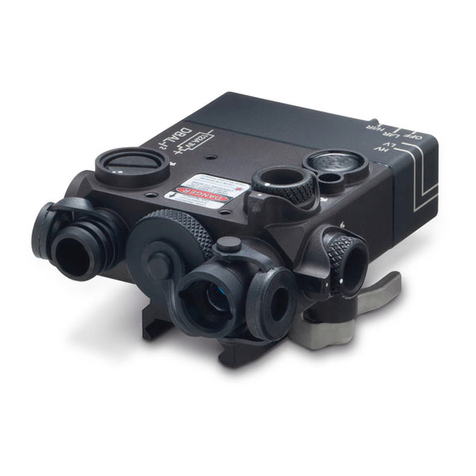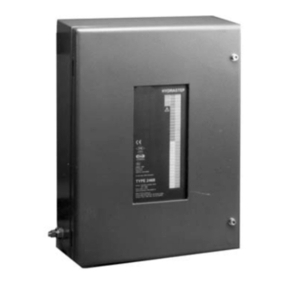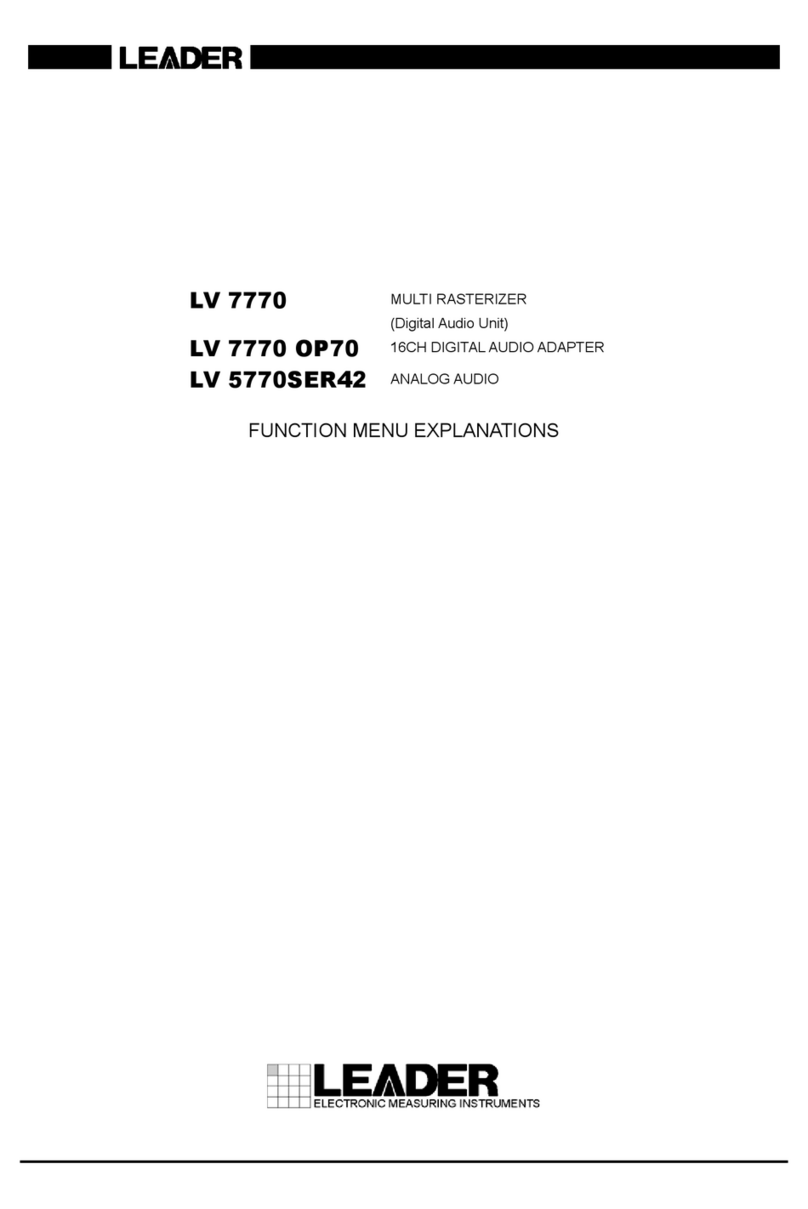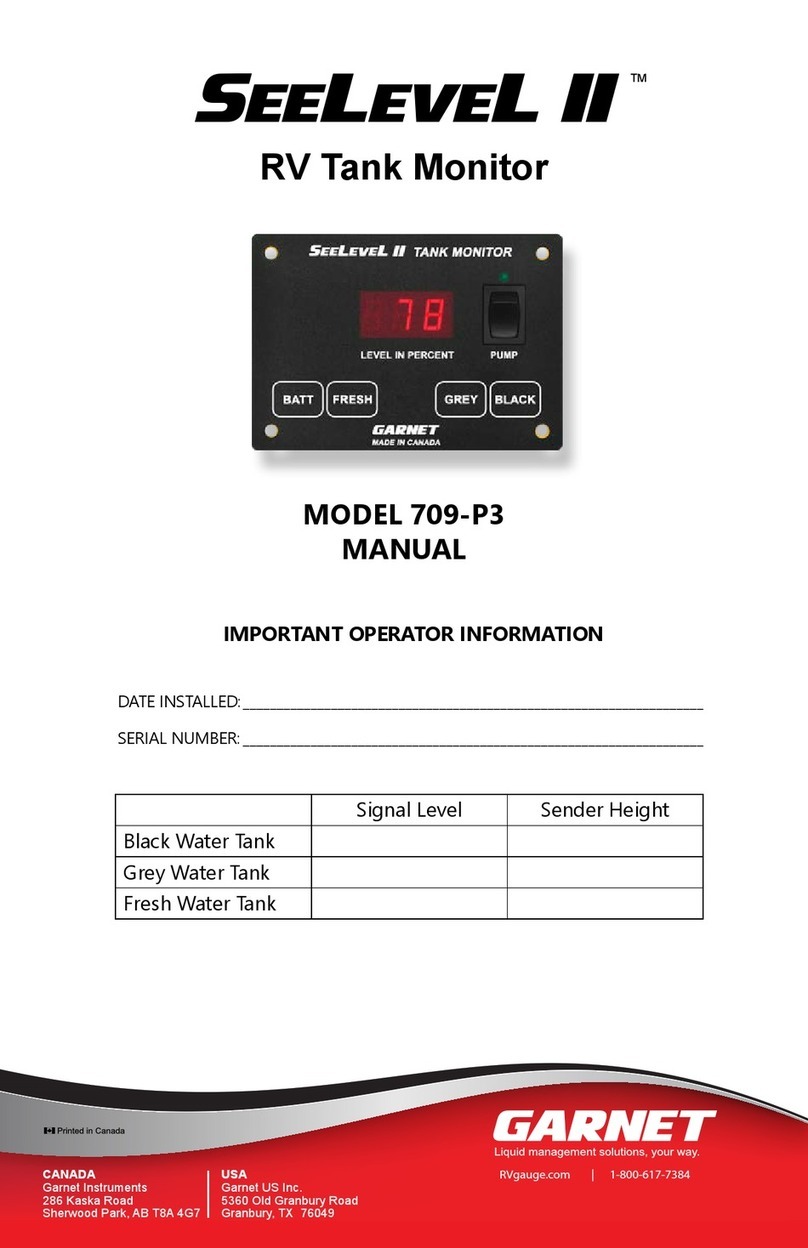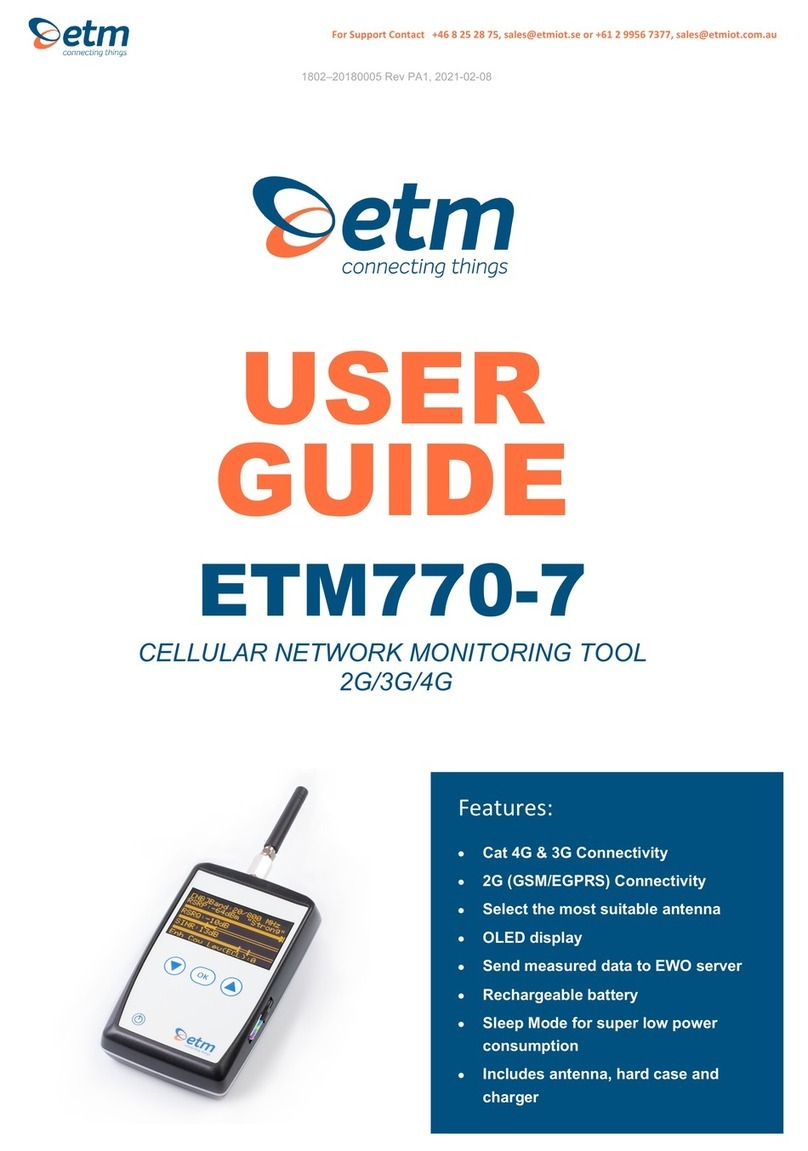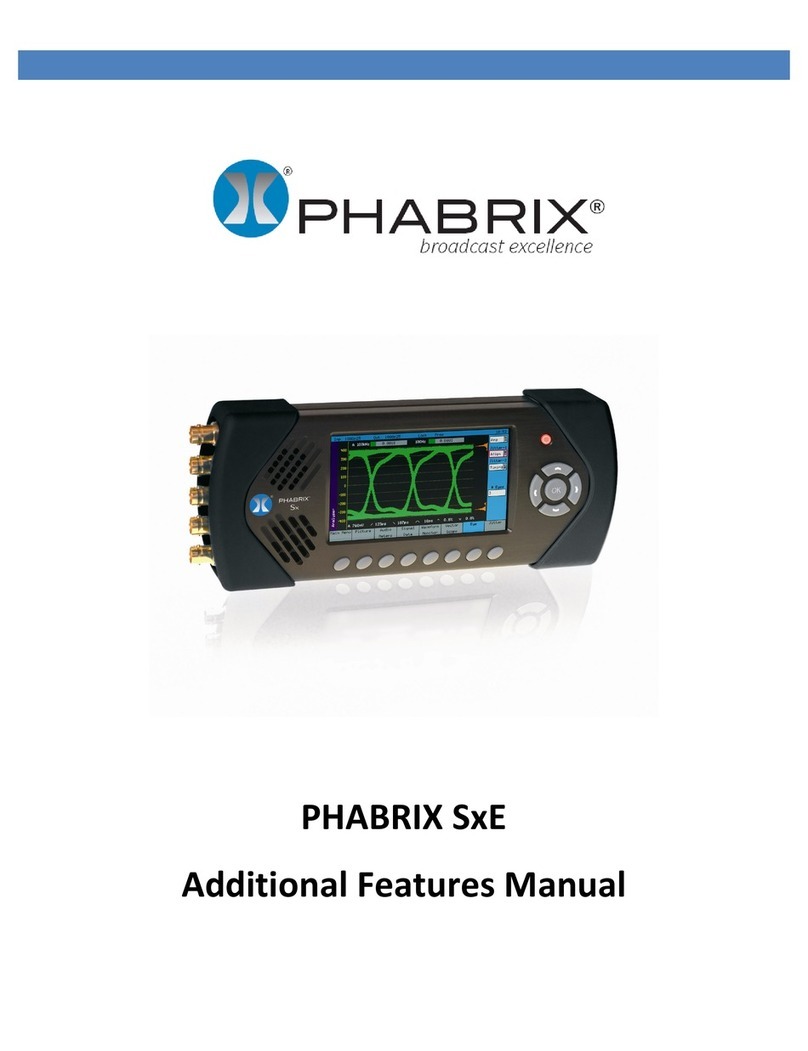Steiner M830r LRF User manual

INSTRUCTION MANUAL
MILITARY RUGGEDNESS AND PRECISION
STEINER
M830r LRF
Laser Rangefinder with Reticle

CONTENTS
2
Contents:
Information for your safety............................................................. 3
Disposal of electronical equipment ...............................................
3
Battery disposal...............................................................................
3
Important notice for USA ................................................................
3
Identification of the components ................................................... 4
Inserting and replacing the battery................................................ 5
Range estimation accuracy ............................................................ 6
Distance measuring......................................................................... 7
Use of reticle .................................................................................... 9
Technical Data .................................................................................11
Contact..............................................................................................12
All images shown in this manual are for illustration purposes only.

INFORMATION FOR YOUR SAFETY
3
General information:
The instrument meets the laser class 1 according to EN and FDA. It is classified as eye safe and can be used in any way. For safety precaution it should however not be
pointed directly at people.
User information for the disposal of electrical and electronic equipment (private households):
This symbol on products and/or accompanying documents indicates that used electrical and electronic products are not to be mixed with ordinary household waste. Take
these products to the appropriate collection point for proper handling, recovery and recycling, where they will be taken back for free. In some states, it may also be possible to
hand in these products to your local dealer when purchasing a corresponding new product. The proper disposal of this product serves to protect the environment and prevents
possible harmful effects on human beings and their surroundings, which may arise as a result of incorrect handling of waste.
More detailed information on your nearest collection point is available from your local authority. According to state law, fines may be issued for the incorrect disposal of this
type of waste.
For business customers within the European Union:
To dispose of electrical and electronic equipment, please contact your dealer or supplier, who will be able to provide you with more information.
Information on disposal in other countries outside of the European Union:
This symbol is applicable only in the European Union. Please contact your local authority or your dealer if you wish to dispose of this product and enquire about how to
dispose of it.
Germany:
As a consumer, you have a legal obligation to
return used batteries. You can hand in your batteries for free
to wherever the batteries were purchased or to the public
collection points in your city or community.
You will find these symbols on batteries that contain harmful substances:
Pb = Battery contains lead
Cd = Battery contains cadmium
Hg = Battery contains mercury
Li = Battery contains lithium
Battery disposal
- Do not dispose of batteries with household waste!
- Please use any existing return system in your local area when returning used batteries.
- Please only hand in discharged batteries.
- Batteries are generally discharged when the equipment operated with them:
- switches off or indicates ‘battery empty’
- the battery no longer functions correctly after an extended period in use.
To prevent short circuits, cover the battery contacts with an adhesive strip.
Important notice for USA
This equipment has been tested and found to comply with the limits for a Class A digital device, pursuant to Part 15 of the FCC Rules. These limits are designed to provide
reasonable protection against harmful interference in a residential installation. This equipment generates, uses and can radiate radio frequency energy and, if not installed
and used in accordance with the instructions, may cause harmful interference to radio communications. However, there is no guarantee that interference will not occur in a
particular installation.
If this equipment does cause harmful interference to radio or television reception, which can be determined by turning the equipment off and on, the user is encouraged to try
to correct the interference by one or more of the following measures:
– Reorient or relocate the receiving antenna.
– Increase the separation between the equipment and receiver.
– Connect the equipment into an outlet on a circuit different from that to which the receiver is connected.
– Consult the dealer or an experienced radio/TV technician for help.

IDENTIFICATION OF THE COMPONENTS
4
1a. Eyepiece with rubber eyecup, left 4. Set button
1b. Eyepiece with rubber eyecup, right 5. Battery compartment
2a. Diopter adjustment, left 6. Laser transmission optics
2b. Diopter adjustment, right 7. Tripod Adapter Screw
3. Button for distance measuring
4
3
2b
1b
5 6
2a
1a
7

INSERING AND REPLACING THE BATTERY
5
Inserting and replacing the battery
The laser range finder is powered by a type 3 volt CR 2
lithium battery.
1.To insert and replace the battery, unscrew the
battery cover (5) by turning anticlockwise.
2.Insert the battery with the positive end forward
(according to the symbol in the battery
compartment).
3.Then screw the battery cover back on by turning
clockwise.
Battery charge level
A new battery is sufficient for more than 5.000 measurements at 20°C.
Depending on the conditions of use, the battery life time can be significantly shorter or longer than
this. Low temperatures and frequent use of the scan mode shortens the battery life.
A flat battery is indicated by a flashing measured value and target display.
Warning: Cold conditions impair the battery performance. At low temperatures, the LRF should
therefore be carried close to the body and used with a fresh battery.
5

RANGE ESTIMATION ACCURACY
6
The STEINER M830r LRF Laser Rangefinder binocular has a measuring accuracy of up to ±1
meter/yard. The maximum range is achieved with highly reflective target objects and visibility of 10
km. The metering range is affected by the following factors:
Range higher lower
Color of object white black
Angle to object vertical acute
Size of object large small
General low high
brightness (cloudy) (midday sun)
Atmospheric clear hazy
conditions homogeneous inhomogeneous
Object structure e.g. building wall e.g. bush, tree
With sunshine and good visibility, the ranges and accuracies are as follows:
Measuring range 25m/27yds up to 1700m/1860 yds
Accuracy ±1m/yd up to 350m/380yds
±2m/yds up to 700m/763yds
±0,5% above 700m/763yds

DISTANCE MEASURING
7
4
3
Button for distance measuring (3)
To measure the distance to an object, you must lock onto it
precisely. To do this, activate the target mark by pressing the
button for distance measuring (3) for approx. 3 sec. Release
the button to start the measurement and the estimated range
is shown on the display.
The illumination of the target will go off shortly during the
measurement.
You can start a new measurement at any time by pressing the button for distance measuring (3) again.
If the object distance is less than 25 meters/27yards or if the range is exceeded or the object does not
reflect sufficient light, the display shows '----'.
When the display turns off, the distance meter is automatically deactivated.
Note: Depending on the angle of the optical systems to each other, i.e. the set interpupillary distance,
the displays may appear slightly slanted.

DISTANCE MEASURING
8
Set button (4)
The range can be displayed either in metres or in yards, as desired. After pressing the button for distance
measuring (3) a ‘m’ for meter or ‘y’ for yards is displayed next to the target marker.
To change the setting, use the SET button (4): An extended press of the button for over 3 seconds will
cause the display to start to flash and the setting to then change every time the SET button is pressed.
All settings preset for the 'm' represent range displays in metres; all settings preset for the 'y' represent
range displays in yards. After 5 seconds without pressing the SET button the respective setting is saved
automatically.
Scan mode
The STEINER M830r LRF Laser rangefinder binocular can also be used to measure in constant operation
(scan mode). The scan mode is particularly helpful for measuring small or moving targets. If the button for
measuring distance (3) is pressed for longer than approx. 3 seconds, the binocular switches to scan mode
and then takes measurements continuously. This can then be identified from the range display which emits
new measuring values approx. every 1.5 seconds.
Notes: Scan mode consumes more power than individual metering due to the constant metering. Scan mode
switches off automatically after approx. 20 seconds in order to save the battery in case the button is pressed
accidentally.

USE OF RETICLE
9
The right side of the binocular includes a horizontal and vertical scale reticle graduated in mil
increment markings.
In determing range, if an object fills on 10 mil unit marking on the horizontal reticle scale and is
known to be 10 meters wide, the object is 1.000 meters away. If the same size object fills 20 mil
unit markings, it would be 500 meters away. When this formula is used, the distance will be given in
the same units of measurement (feet, meters, etc.) as is used in estimating the known size of the
object. The same formula can be used to determine range with the verticle scale when the height of
an object is known. The use of the verticle scale is preferred (especially on level terrain), since
objects are often viewed obliquely along the horizontal axis.

CLEANING
CAUTION
10
Cleaning
Blow away any dust or debris on the lenses.
To remove dirt or fingerprints, clean with cleaning cloth by rubbing in a circular motion. Use of a
coarse cloth or unnecessary rubbing may scratch the lens surface and eventually cause permanent
damage.
For more thorough cleaning, use a lens cleaning fluid. Always apply the fluid to the cleaning cloth,
never directly on the lenses.
CAUTION!
When using the binocular, never point directly at the sun.
The heat generated by the focused rays of the sun may be very harmful and might cause serious
damage your eyes permanently.

TECHNICAL DATA
11
General Specification:
Magnification.................................. 8 - fold
Entrance pupil ................................ 30 mm
Exit pupil ........................................ 3,75 mm
Eye relief ........................................ 16,8 mm
Twilight factor................................. 15,5
Luminosity...................................... 14,1
Field of view at 1.000 m................. ≥114 m
angular.................. 6,5°
Dioptric range................................. ± 5 dpt
Resolving power............................. ≤11,25“
Interpupillary distance .................... 56 - 74 mm
Operating temperature ................... -20° / +60°C
Storage temperature ...................... -40° / +80°C
Pressure resistance........................ 0,5 bar
Reticle............................................ Mil-Dot (SUMR)
Ocular individual adjustment
Weight (approx.):
Binocular ........................................ 800 g
Carrying strap................................. 60 g
Objective caps................................ 42 g
Eyepiece cover............................... 16 g
Dimensions (approx.)*:
Height............................................. 129 mm
Width.............................................. 165 mm
Depth ............................................. 66 mm
Measuring range..25m/27yds up to 1.700m/1.860yds
Accuracy..............± 1m/yd up to 350m/380yds
± 2m/yds up to 700m/763yds
± 0,5% above 700m/763yds
Laser ................... eyesafe invisible laser according to
EN and FDA class 1
* Figures correspond to an ocular adjustment of 0 dpt. and an interpupillary distance of 65 mm.
Specifications are subject to change without prior notice as a result of ongoing technical development.

CONTACT
MILITARY RUGGEDNESS AND PRECISION
STEINER-OPTIK GmbH
Dr.-Hans-Frisch-Str. 9
D-95448 Bayreuth
Germany
T.: +49-921-7879-0
F.: +49-921-7879-88
www.steiner-defense.com
V0000
325
Table of contents
Other Steiner Measuring Instrument manuals
Popular Measuring Instrument manuals by other brands
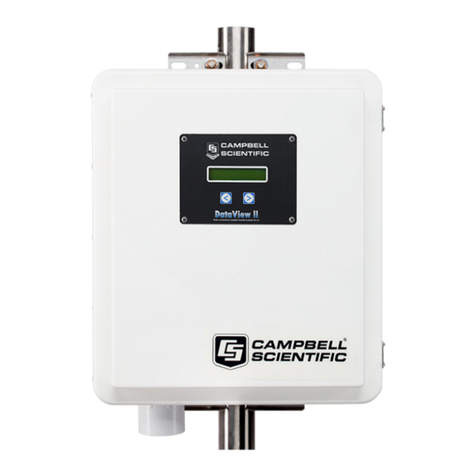
Campbell
Campbell DataView II product manual
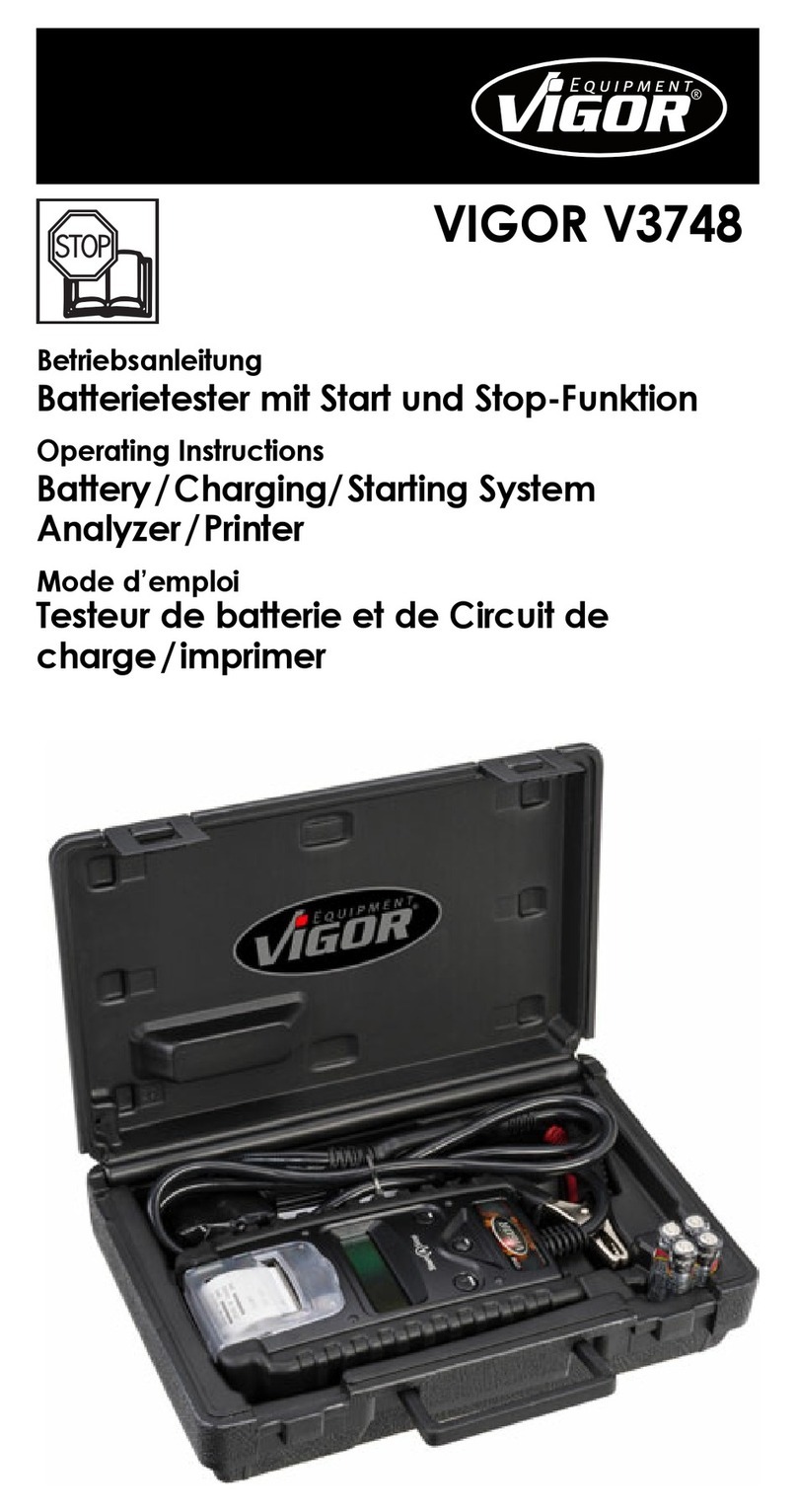
Vigor
Vigor V3748 operating instructions
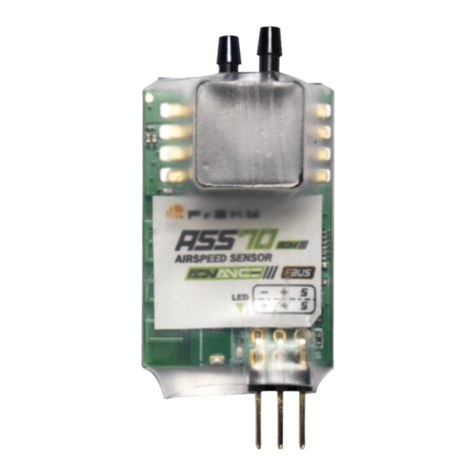
FrSky
FrSky SMART PORT Airspeed ASS70 ADV instruction manual
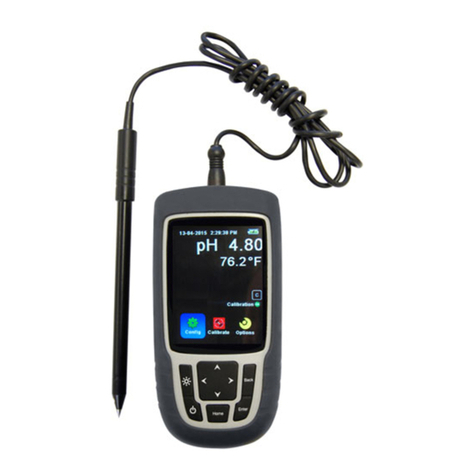
Spectrum
Spectrum FieldScout pH 600 Meter quick start guide

Fluke
Fluke endurance series user manual

Blue Sea Systems
Blue Sea Systems M2 Vessel Systems Monitor instructions
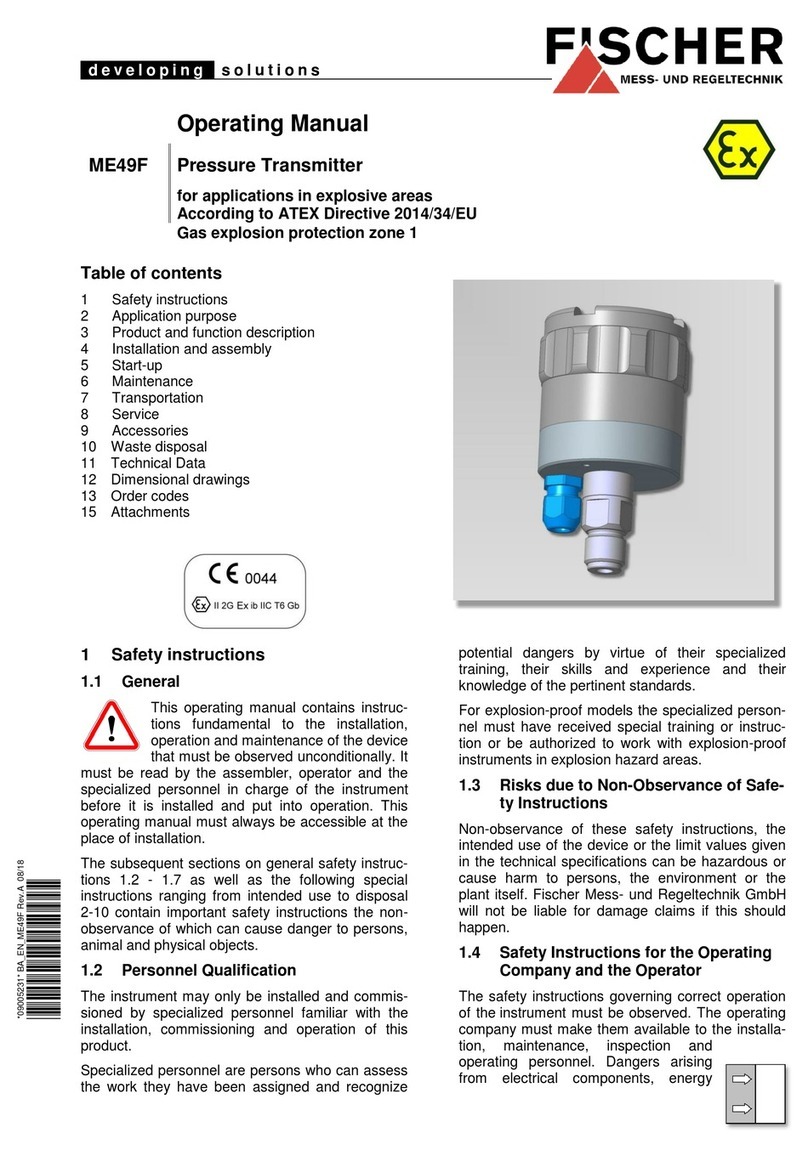
FISCHER
FISCHER ME49F Series operating manual

Photonic
Photonic UV254 GO! instruction manual

Bacharach
Bacharach HGM-MZ Maintenance and troubleshooting guide
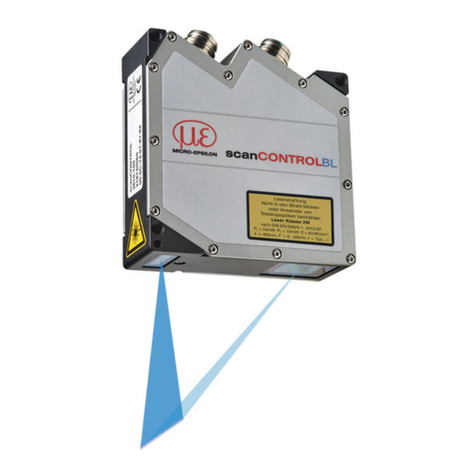
MICRO-EPSILON
MICRO-EPSILON scanCONTROL 25 BL Series Assembly instructions

Fluke
Fluke 902 Specifications

DeFelsko
DeFelsko PosiTector SHD Standard manual

